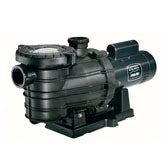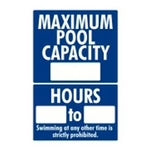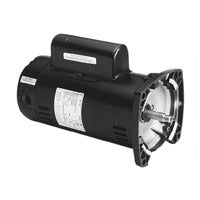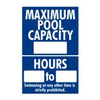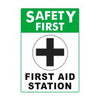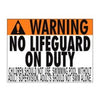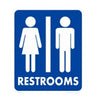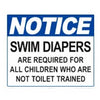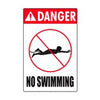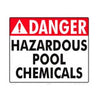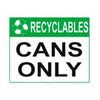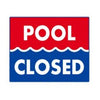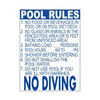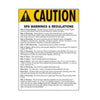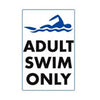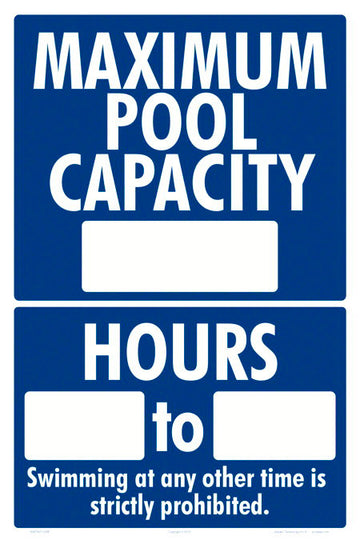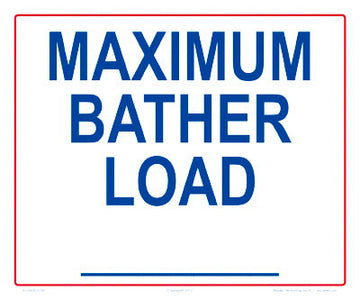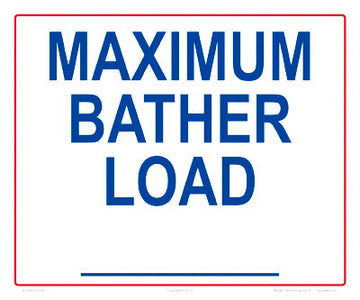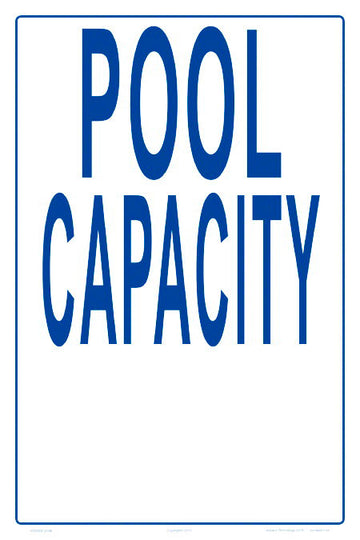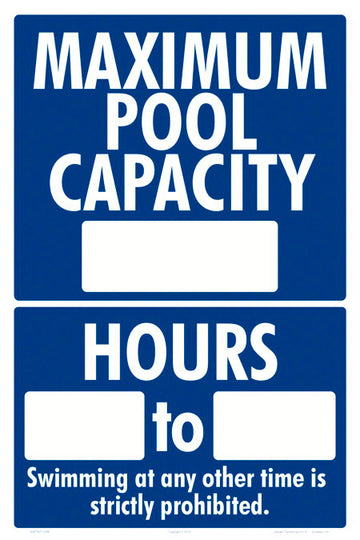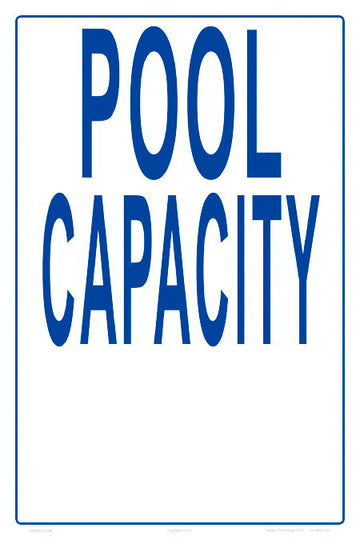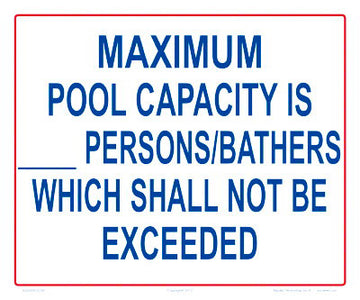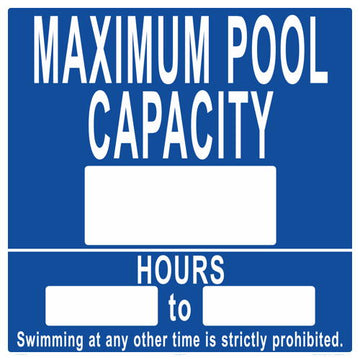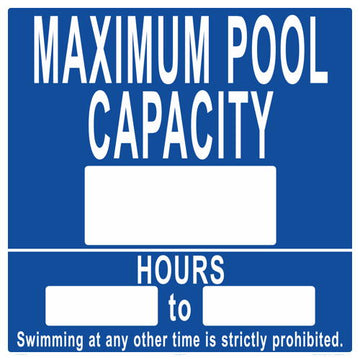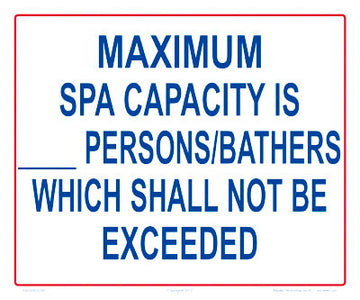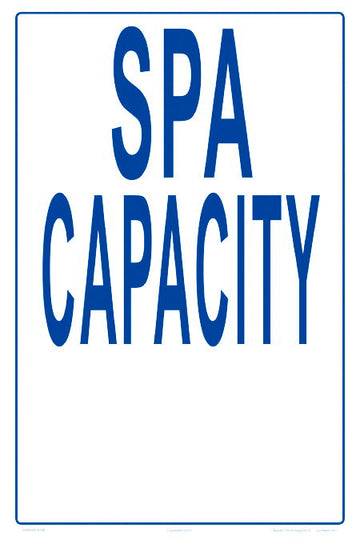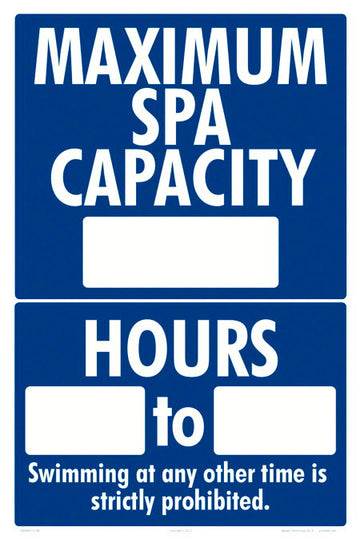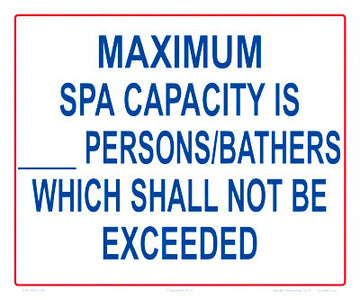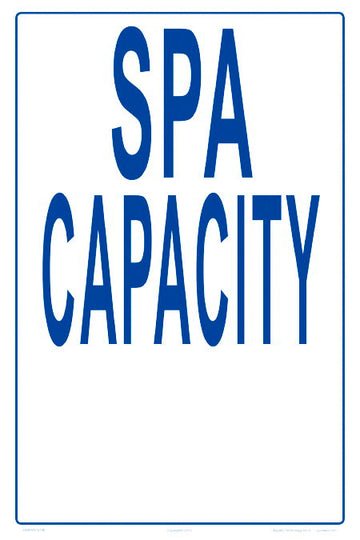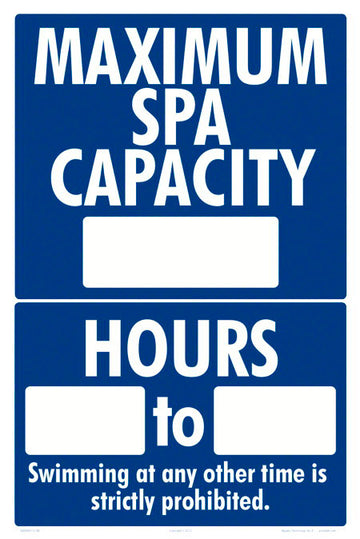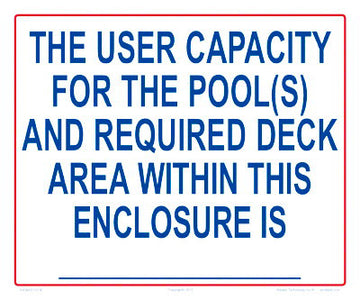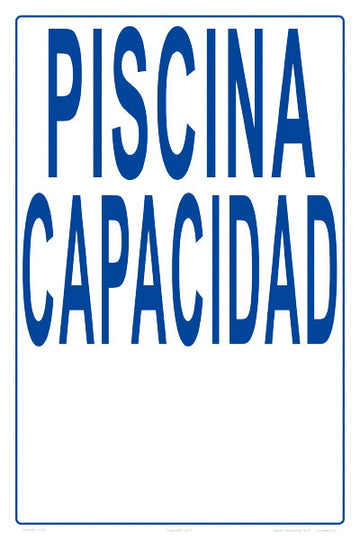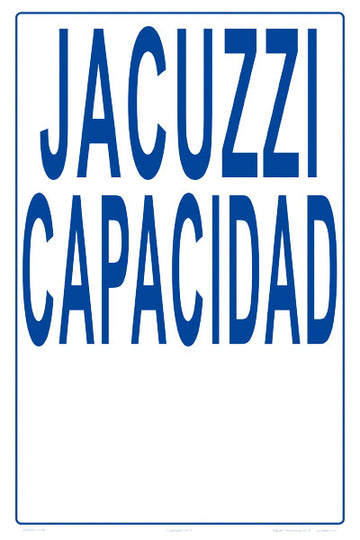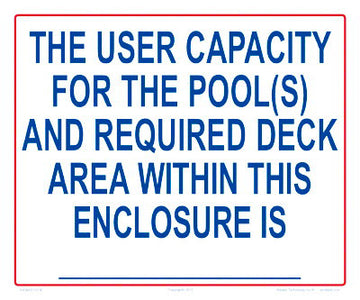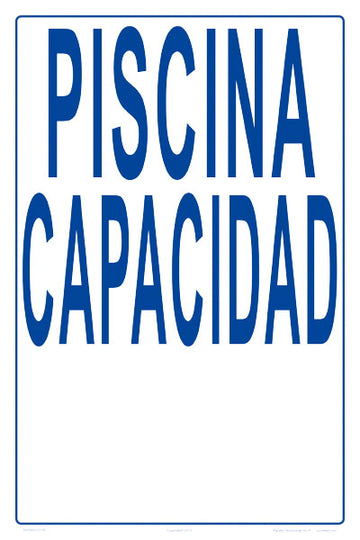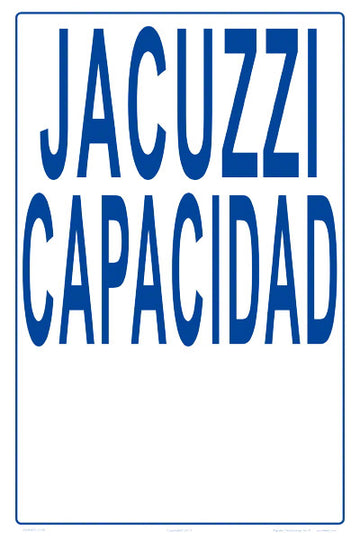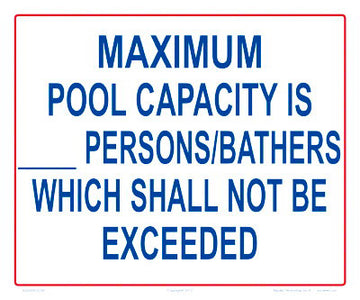Why are pool capacity signs important at commercial pools?
Pool capacity signs play a pivotal role in maintaining safety, order, and adherence to regulations at swimming pools. These signs provide vital information to swimmers, lifeguards, and pool operators, ensuring that the pool environment remains secure, enjoyable, and in compliance with local and international standards. A detailed understanding of the importance of pool capacity signs is vital for fostering a culture of safety and responsibility among all parties.
First and foremost, pool capacity signs are essential for upholding safety standards. The primary goal of these signs is to prevent overcrowding in the pool area, as a high number of people in the water simultaneously can lead to a multitude of risks. Overcrowding can obstruct the view of lifeguards, hampering their ability to vigilantly monitor swimmers and promptly respond to emergency situations. Furthermore, people, especially young children and inexperienced swimmers, are more likely to experience accidents, injuries, or even drownings when there are too many individuals in the pool.
Additionally, pool capacity signs help to maintain the quality and cleanliness of the water. An excessive number of swimmers can result in increased organic and inorganic contaminants being introduced into the pool, overwhelming the filtration and chemical treatment systems. This may lead to outbreaks of waterborne illnesses, such as gastrointestinal infections and skin rashes, among those who use the pool. Pool capacity limits, therefore, play a crucial role in preserving the health of all swimmers.
Another significant aspect of pool capacity signs is that they facilitate compliance with legal and regulatory requirements. Pool operators are mandated to adhere to stringent guidelines set forth by local and international regulatory bodies, such as the state laws, the World Health Organization and the Centers for Disease Control and Prevention. Non-compliance with these stipulations can result in severe consequences, including fines, penalties, or even the closure of the pool facility. The presence and enforcement of pool capacity limits, therefore, protect operators from legal repercussions and ensure adherence to various regulations.
Moreover, pool capacity signs contribute to enhancing the overall swimming experience for users. When a pool environment is well-regulated and follows the mandated capacity limits, swimmers can enjoy the facilities without worrying about collisions, excessive noise, or other disruptions. Consequently, this fosters greater satisfaction among pool patrons and encourages them to return, boosting the reputation and popularity of the facility.
In conclusion, the significance of pool capacity signs cannot be overstated. Not only do they serve as essential tools for maintaining safety standards and water quality, but they also facilitate legal compliance and provide a more enjoyable experience for all pool users. By displaying and enforcing these signs, pool operators, lifeguards, and swimmers can work together to cultivate a safer and more responsible swimming environment.
